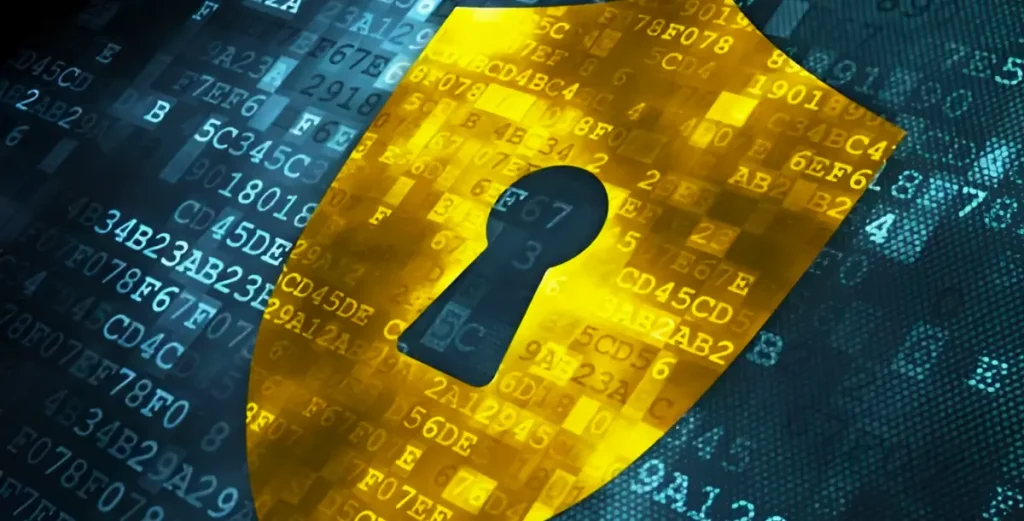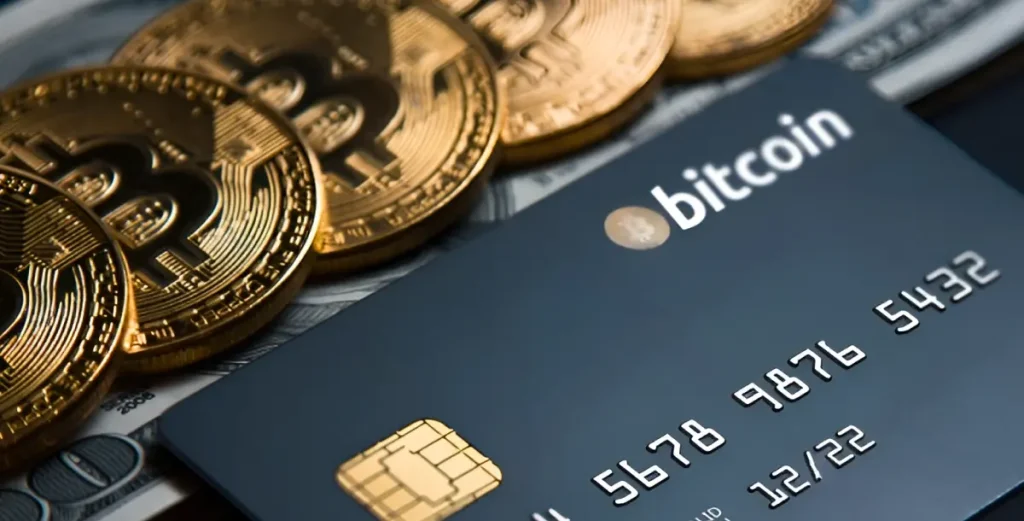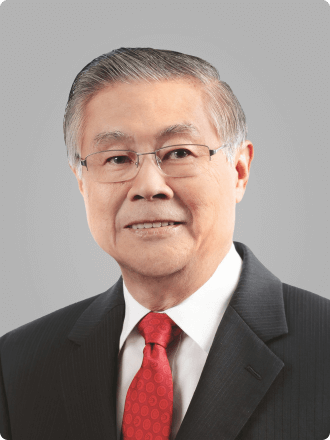In the world of digital assets, the security of your crypto exchange is the foundation of your peace of mind. As you venture into trading and investing, you need to know that your funds and personal data are protected. Choosing the right exchange isn’t just about low fees or a wide selection of coins; it’s about trusting the platform to safeguard your hard-earned assets against modern threats.
For everyday users, selecting a platform with strong security is the most important decision you will make. We believe that security is the bedrock of a positive crypto experience. This guide will walk you through the five essential features of a secure crypto exchange that every user should look for before signing up.
1. Strong Account Protection (MFA)
Multi-Factor Authentication, or MFA, is your first and most important line of defense against unauthorized account access. It acts as a powerful shield for your account. Even if a scammer manages to steal your password, MFA prevents them from getting in. This is because it requires you to provide a second piece of proof that it’s really you.
This second layer is usually something only you have access to. Common methods include a temporary code from an authenticator app on your phone (like Google Authenticator or Authy) or biometric verification like your fingerprint or face ID. By requiring this extra step, MFA makes it incredibly difficult for anyone but you to access your funds.
Why MFA is a Must-Have for You
Think of it this way: you wouldn’t leave the front door of your house unlocked. A simple password is like a basic lock that can be picked. MFA is like adding a deadbolt and a security chain. For anyone managing their own crypto portfolio, no matter the size, MFA is non-negotiable. It’s a simple feature that provides a huge boost in security, ensuring your digital assets remain yours.
2. Offline “Cold Storage” of Assets
Cold storage is a critical security practice where a crypto exchange keeps the vast majority of user funds completely offline. These funds are stored in “cold wallets,” which are not connected to the internet. This “air-gapped” environment makes them practically immune to online hacking attempts, which often target the “hot wallets” used for processing daily trades and withdrawals.
A secure and responsible exchange will only keep a small percentage of its total assets in these online hot wallets to ensure smooth operations. The rest, often more than 95% of all funds, is held securely offline, far from the reach of cybercriminals.
How Cold Storage Protects Your Money
For retail investors, knowing an exchange uses cold storage provides a powerful guarantee. It means your investment isn’t sitting in a digital vault that’s constantly exposed to the internet. Instead, it’s stored in a way that prioritizes long-term safety over immediate availability. This practice is the industry gold standard for asset protection and a clear sign that an exchange takes its responsibility to protect your funds seriously.
3. Commitment to Regulations (KYC/AML)
A truly secure crypto exchange doesn’t just focus on technical defenses; it also commits to global financial regulations. This includes following Know Your Customer (KYC) and Anti-Money Laundering (AML) rules. While filling out KYC information might seem like just another step during signup, it plays a vital role in creating a safe and transparent trading environment.
By verifying user identities (KYC) and monitoring transactions for illegal or suspicious behavior (AML), exchanges help prevent bad actors from using their platform for illicit activities. This protects you and everyone else on the exchange from being exposed to the risks associated with financial crime.
Why Following the Rules Builds Trust
For you as a user, an exchange that follows these regulations is demonstrating its legitimacy and commitment to long-term stability. It shows they are a serious financial entity, not a fly-by-night operation. Platforms that embrace compliance provide a safer ecosystem, giving you confidence that you are trading in a monitored and fair marketplace.
4. Regular Security Audits and Proof of Reserves
Trust should always be earned, and in the crypto world, it’s proven through transparency. Reputable exchanges voluntarily undergo regular security audits conducted by independent third-party cybersecurity firms. These auditors rigorously test the exchange’s systems, from its code to its infrastructure, to find and fix potential vulnerabilities.
Another key sign of trustworthiness is Proof of Reserves (PoR). This is an audit that proves the exchange holds enough assets to cover all of its customer deposits. Essentially, the exchange opens its books to show that your money is actually there and hasn’t been misused. This transparency helps prevent the kind of mismanagement that has led to the collapse of other platforms in the past.
The Value of Verified Security
When a crypto exchange shares the results of its security audits and provides Proof of Reserves, it’s a clear signal of honesty and accountability. It tells you that they have nothing to hide and are confident in their security measures. As a user, you should always look for exchanges that are open about their security practices and can prove they are solvent.
5. Insurance for Your Assets
While prevention is key, no system can be 100% foolproof. That’s why the final pillar of a secure crypto exchange is a robust asset protection plan, which often includes an insurance fund. Leading exchanges set aside funds or partner with specialized insurers to create a safety net. This insurance is designed to cover user losses in the unlikely event of a successful hack or major security breach.
This fund acts as a promise to users that, even in a worst-case scenario, the exchange has a plan in place to help make them whole.
Your Ultimate Safety Net
For any crypto investor, an insurance fund provides an essential layer of reassurance. It shows that the exchange is prepared for unforeseen events and has a concrete plan to protect its customers’ interests. Knowing that there’s a financial backstop in place can help you invest with greater confidence, understanding that the platform is committed to safeguarding your assets from every angle.
Is Your Exchange Truly Secure?
The five pillars of multi-factor authentication, cold storage, regulatory compliance, regular audits, and asset insurance are the essential building blocks of a secure crypto exchange. Together, they create a trustworthy ecosystem where you can safely participate in the digital asset market.
But how can you be sure an exchange has built its foundation correctly? The world’s most trusted platforms rely on institutional-grade security infrastructure powered by B2B specialists like ChainUp, who provide the underlying technology for robust exchange protection—from fortified custody and secure trading engines to global compliance frameworks.




